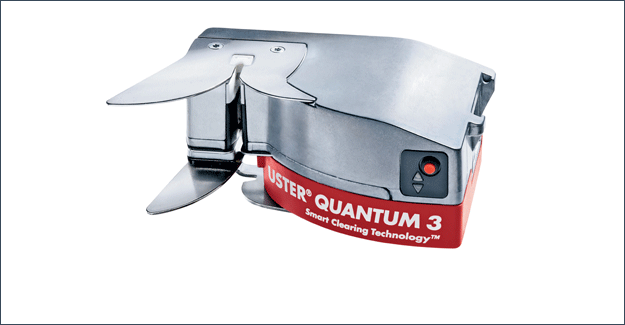
Uster: Systematic quality management is a priority
The USTER®AFIS PRO 2 is an early-warning system
Even when a spinning mill has adopted exemplary quality management structures, there is always a danger that the system may fail to reach its potential if those structures are not exploited fully. Busy mill operations may sometimes lead to proper quality disciplines being sidelined, for a variety of reasons: cost constraints, staff shortages or inadequate know-how, for example. This is not only a tragic breakdown in management control, but also a waste of the time and money invested in the quality systems. One reliable safeguard against such systemic failures is the USTER® AFIS PRO 2 fiber testing instrument, which can act as an early warning of individual quality defects and an indicator that the overall quality structures are not working.
Quality-conscious spinners are today generally well-versed in making use of valuable tools such as USTER® TESTER 5 for laboratory controls and USTER® QUANTUM 3 as the last-stage failsafe in the winding room. Most mills will have put in place a series of instrumental checks, enabling unacceptable fault levels to be detected and rectified.
Sometimes, though, these monitoring actions will actually highlight the need for cohesive structures throughout the mill, to establish systematic quality management – and ensure it is applied continuously as a priority strategy. A typical scenario, in this case from a Chinese spinning mill, illustrates the point:-
A box of bobbins waits in the laboratory for testing. Zhang Qiang is the manager of an established spinning mill in Xingjiang province. He has recognized an unusual high quantity of bobbins being ejected at the winder. The Ne 34 cotton yarn obviously contains too many yarn faults compared with the settings from the USTER® TESTER 5. “Thanks to the 100% monitoring of the produced yarn using yarn clearers at winding, no off-quality yarn will be delivered to the customer,” says the mill manager, pleased at this apparently satisfactory outcome.
In detail, the data from the USTER® QUANTUM 3 clearers shows irregularities for thick places in classes C3, C4, D3 and D4 and indicates a high level of unacceptable thick place cuts, indicating changes compared to the measured fiber characteristics. The whole YARN BODYTM also appears to be wider than normal. Laboratory results from the USTER® TESTER 5 also show that the values of neps and thick places are outside of the ranges defined by the customer’s yarn profile. These results prove that the USTER® QUANTUM 3 – the final step of the systematic quality management system – correctly saved the spinner from a potentially very costly claim. That is the (apparent) good news…
There is also bad news, however. The fact is that the problem should never have gone so far as the winding machine. From the USTER® TESTER 5 results, and based on his own knowledge and experience, Zhang Qiang assumed that the quality problem started at carding, or even earlier during the bale laydown.
This mill’s systematic quality management starts at carding, testing the sliver on a weekly basis. “I know that the correlative results of the AFIS® will reveal that the problem could have been recognized already at this stage of the production process,” says Zhang Qiang, before looking for the files. He was correct: the USTER® AFIS PRO 2 reports show a deviation of more than 7% for the short fiber values. The origin of the problem is now confirmed. And, of course, someone should have checked this report before the damage – a lot of wasted yarn – had the chance to occur.
So, where does the blame lie? It’s not easy to solve the problem of tight resources in a spinning mill. But setting the right priority on systematic quality management could help to get the most value from available resources. It’s clear also that spinning mills would be well-advised to take AFIS® test results as a pre-indicator or early-warning system, prompting action before the yarn clearer has to provide the final, more costly, solution.
“Our mill has well-structured processes for quality management implemented and could serve as a good example for many others,” says Zhang Qiang “but the impact of a systematic quality management can only reach its full potential when it is put into practice as an absolute priority.”
Textile Excellence
If you wish to Subscribe to Textile Excellence Print Edition, kindly fill in the below form and we shall get back to you with details.








